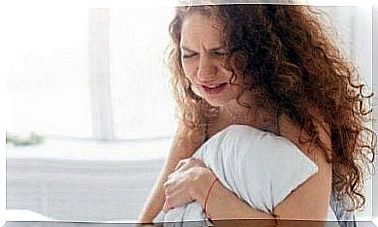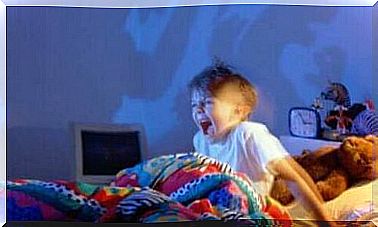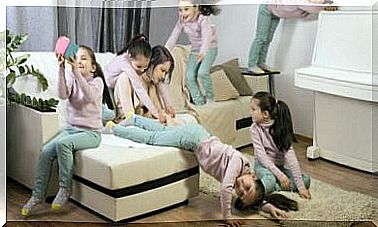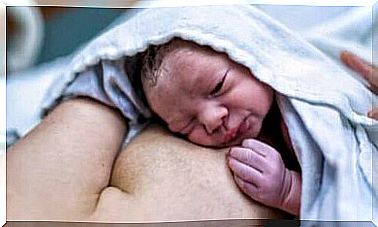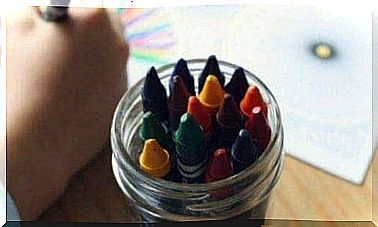What To Do If Your Child Has Bumped His Head?

It is a common belief that a child should not sleep after she has bumped her head. However, health care experts have recently stated that the reactions and symptoms after the accident are of great importance.
What to do if your child has bumped his head?
When this is the case, the first thing we are tempted to do is take our little one to the doctor right away and there is nothing wrong with that.
But health professionals agree that, after taking a serious blow to the head, the best thing a child can do is rest and take it easy.
However, there is always someone around who insists that you do not let your child sleep. Even that he could fall into a coma. This kind of advice can be terrifying for parents.
In reality, everything depends on the intensity of the impact or blow to the child’s head.
If your child has bumped his head, there is something you should do first. Make sure they are conscious. To do this, ask short and simple questions such as:
- “What’s your name?”
- “Where are you?”
- etcetera.
If your child is too small to answer these questions, you can check your little one’s reactions to certain stimuli. This allows you to evaluate whether your child is conscious or not.
You can observe if your child follows an object with his eyes as you move the object in front of him. You can do the same with a light.
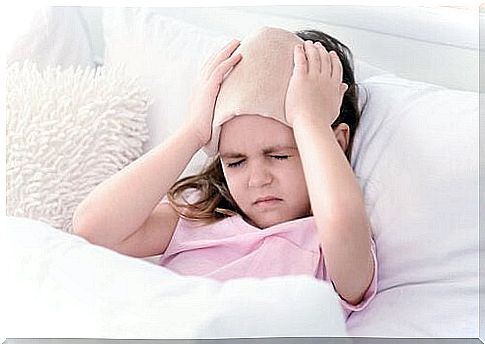
Symptoms to watch out for
The symptoms your child may show after bumping his head can vary. Some symptoms require medical treatment and observation.
When a child is hit in the head, the brain may have been shaken. This can result in certain symptoms or reactions as the brain gets itself back in order. This may take some time.
Among the most common symptoms are:
- disorientation
- loss of balance
- blurry sight
- headache
- tingling in the arms and legs
- yield
A medical professional should assess the duration and intensity of these symptoms. On this basis, he can decide whether hospitalization or medical treatment is necessary.
What to do if there are no obvious symptoms?
If the child shows no symptoms and continues to play as normal after bumping his head, there is probably no cause for concern.
Remember that, at this age, the bones in your little one’s body and even his skull have a certain flexibility that cushions and absorbs some of the impact.
Keep in mind that you still need to keep an eye on your child. The first symptoms that indicate damage can take several hours to appear. The first 8 hours after the event are fundamental. The treatment needed for the bump depends on the severity of the injury.
If your child has a mild headache, you can offer a painkiller, but always on the advice and/or prescription of a trusted pediatrician. You can also place cold compresses on his forehead and make sure he takes it easy for the rest of the day.
If your child wants to sleep, let him. His body and his brain demand a lot of rest and relaxation. However, you should check on him often and wake him up at least every 2 hours to see how he reacts.
Of course, if your child has hit his head really hard and you can’t take care of the wound yourself, you should get medical help right away.

Further advice for parents
First of all, stay calm. If your child cries, try to calm him down as soon as possible. Often bumps on the head are less serious than you think, even if there is heavy bleeding. Remember that the head has an infinite amount of blood vessels.
In addition, keep in mind that bumps on the head are one of the most common injuries that children have.
As your little one plays, runs, learns to walk, tries to reach something, falls off the bed, rides his bike, many of the bumps and bruises he gets will be on his head.
Usually these injuries are very minor. However, sometimes an injury can be serious, especially when it comes to car accidents, skating accidents, or a fall down the stairs.
As a parent, it is always best to exercise caution and work to avoid, within reasonable limits, the risk of your child sustaining any type of injury.

